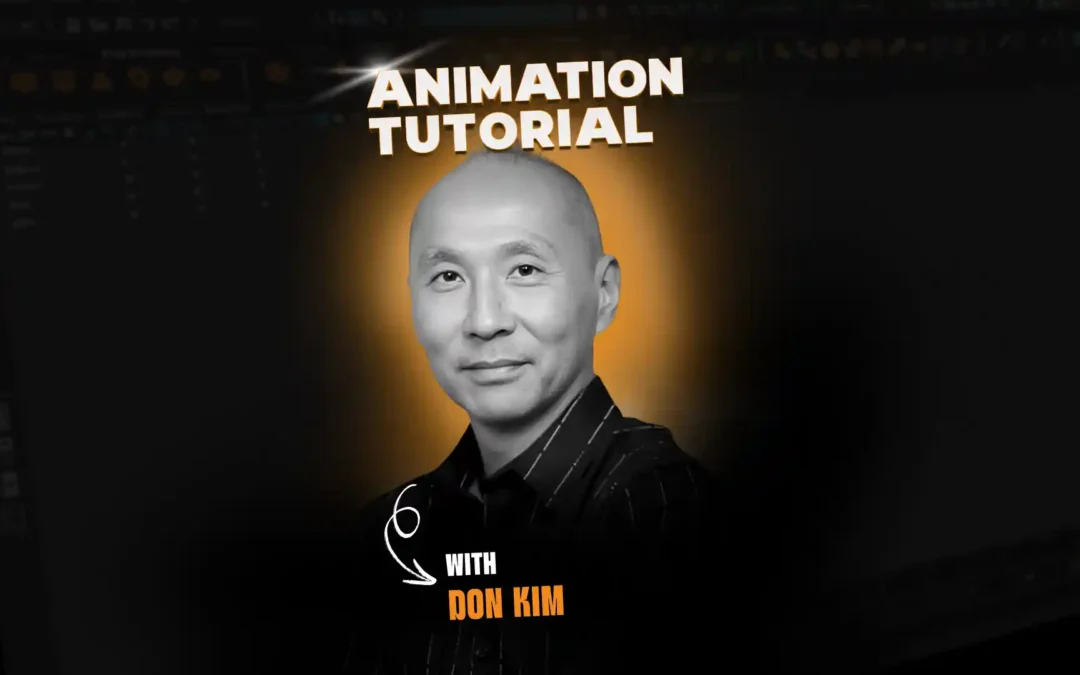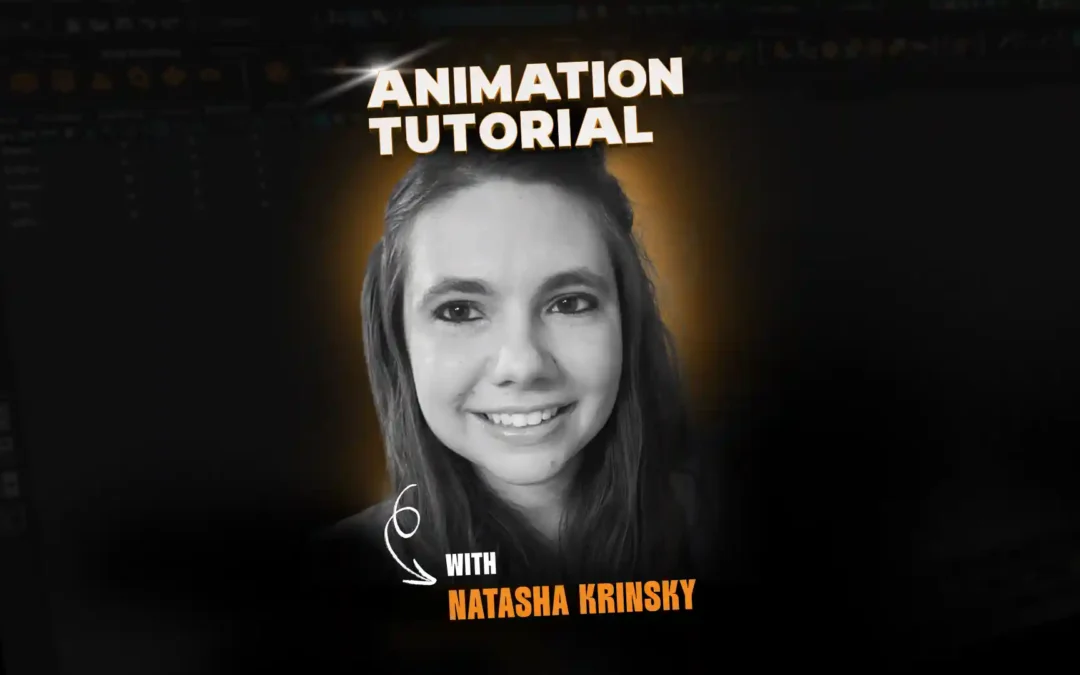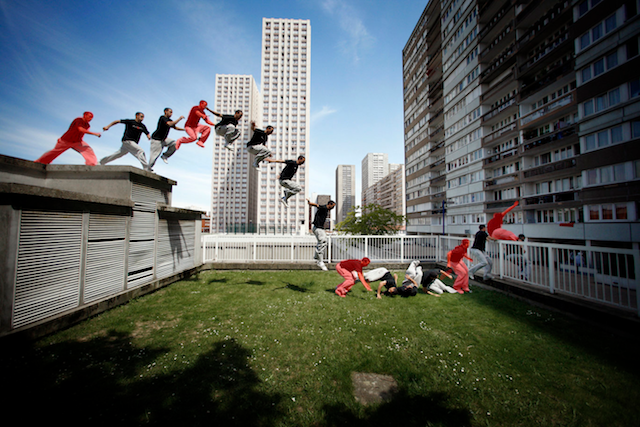
We’re covering the 12 Basic Principles of Animation one principle at a time! The fourth principle, Straight Ahead Action and Pose to Pose, is the only principle that hints at how to approach animation. Find out why you need to know about it, what it looks like, and how to use it to improve your own animation.
The fourth animation principle, Straight Ahead Action vs. Pose to Pose, is the only principle that hints at how to approach your animation. At first glance, it seems like they’re two separate ideas, as if two different animators tried it out and decided to animate in different ways. However, this principle encompasses much more than that, as it speaks to the vein of different philosophies that have pervaded art for centuries—structure vs. spontaneity, classic vs. romantic, id vs. ego.
Here’s the definition from Ollie Johnston and Frank Thomas’s 1981 book
Disney Animation: The Illusion of Life where the 12 Basic Principles of Animation began:
Straight ahead animation starts at the first drawing and works drawing to drawing to the end of a scene. You can lose size, volume, and proportions with this method, but it does have spontaneity and freshness. Fast, wild action scenes are done this way.
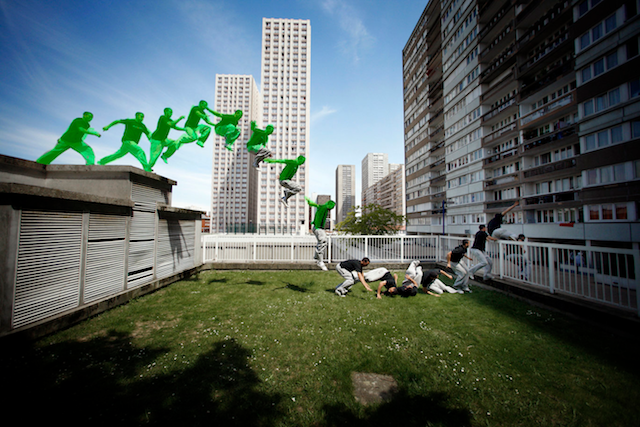
Straight Ahead Action
Pose to Pose is more planned out and charted with key drawings done at intervals throughout the scene. Size, volumes, and proportions are controlled better this way, as is the action. The lead animator will turn charting and keys over to his assistant. An assistant can be better used with this method so that the animator doesn’t have to draw every drawing in a scene. An animator can do more scenes this way and concentrate on the planning of the animation.

Pose-to-Pose Action
It should be noted that both
The Illusion of Life and the
handout created around the same time by fellow Disney animator Eric Larson state that Disney’s take on this subject was usually to combine both methods. That means you’d get the strengths of both methods, but also some weaknesses too. To help you make an informed decision, it’s good to grasp the pros and cons of each.
Pros and Cons of Straight Ahead Action
The positive points of straight ahead action are that it seems to give the animation a better flow and lyrical feel to the movement. This unrestricted, unplanned approach also allows creative accidents and results to occur. The freedom of this approach allows character choices and thoughts to speak to the artist as the brain is more open to the creative stream of conscious thought.
Its negative points are that it can become floaty, unfocused run the risk of emphasizing the wrong action and lack texture in the timing.
Pros and Cons of Pose-to-Pose Action
The positive points of “pose to pose” are that it is strong on communicating story points with strong acting poses, combined with extreme and contact poses it’s also easy to structure, time out, build and change a performance. This “build a performance” approach is preferred by studios as it is quicker to iterate and more adaptable to a director’s revisions.
Its negative points are that it can come off as contrived and can seem too posey.
So it seems obvious that to combine both will double the awesomeness of whatever you animate.
It’s here that I want to mention the study of “action sequence photography” which reveals how an action is sliced up in time by a camera. It’s this idea of a pattern of movement that you’re building using these two approaches. It’s very important to understand this—think of poses in space sliced up by time.
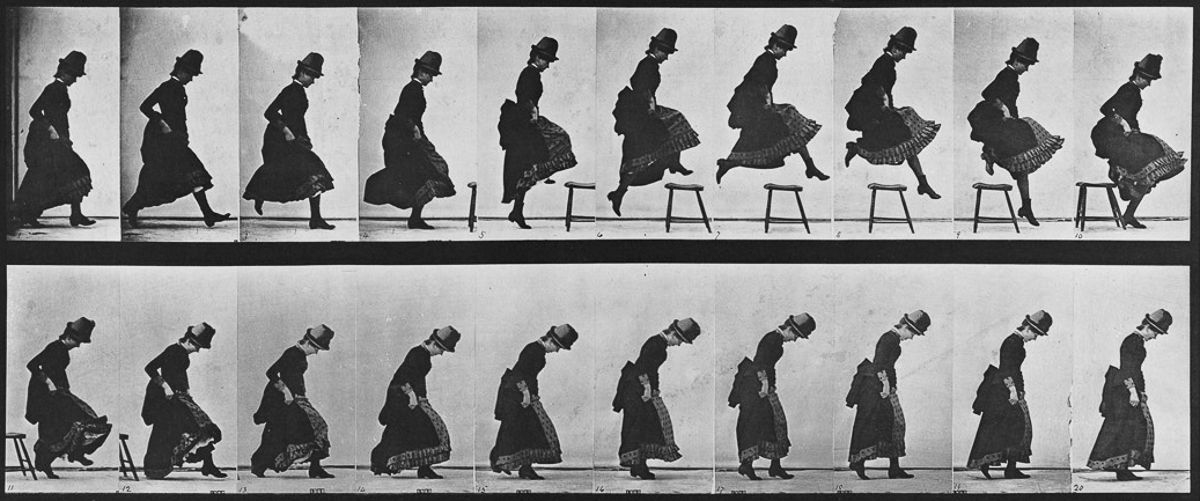
Photographer Eadweard Muybridge was well-known for this action sequence photography style. His photograph here helps illustrate the concept of poses in space sliced up by time.
Simple right? But you will need a bit more guidance in terms of approach to maximize this principle. You will need to understand what poses to grab from your reference to build your shot. These will be storyboard poses, the contact poses, and the extremes from the reference around which you will build your timing.
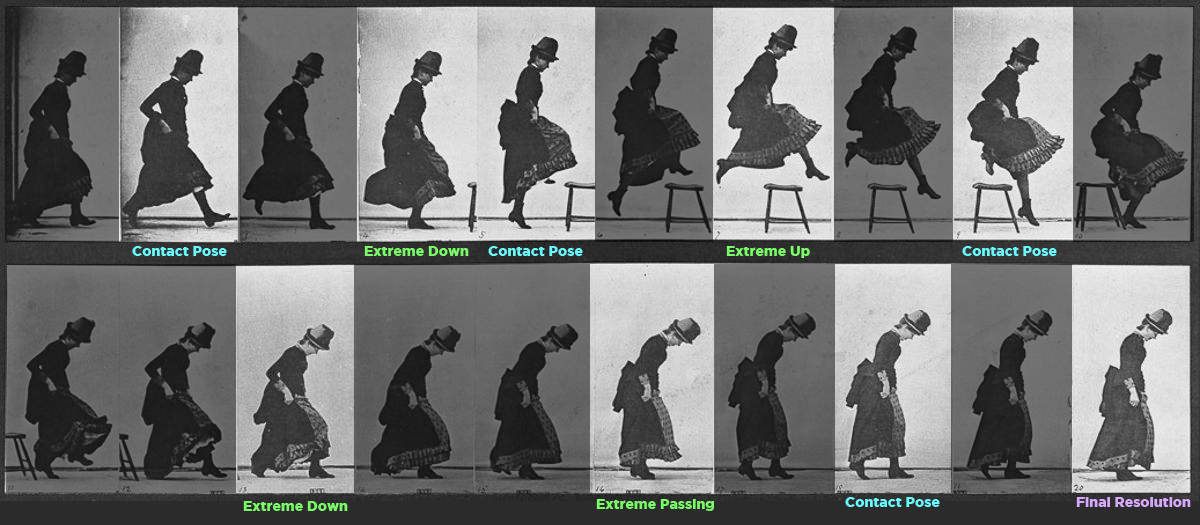
Now if you follow your reference and animate using just the straight ahead approach, you’ll end up with exactly what’s in your reference. It’s not very creative and you’re just copying what’s already present. Instead you can plan out your main acting choices and beats for a shot first. This will act as the foundation for your shot, and are your pose to pose guides. Block those in first, and then work straight ahead between those main poses. The result will be a mix of the two methods, and once you’ve blocked out the entirety of your shot, you can refer back to your original reference to see if you missed something.
Here’s the theory/psychology behind this approach. You feed the analytical left side of the brain all the information it needs to construct the shot, then you let your subconscious mind ponder the problem of solving and plussing the shot while the right side of the brain floods your thoughts with creative ideas.
This is the creative cycle, and once you tap this you begin to win. Some artists call it being “in the zone”. During the subconscious phase, you might find yourself vegging out, watching random stuff, reading, etc. To get around doing this at work, I ask for more than one shot to work on so I can use this time more productively to focus on a different problem while my subconscious works on the first.
Once the creative solution for your shot hits, you can then work using the straight ahead approach with the foundation you laid down. Combined with your planning, the result will have the strengths of both methods—the best of both worlds.
Happy animating!
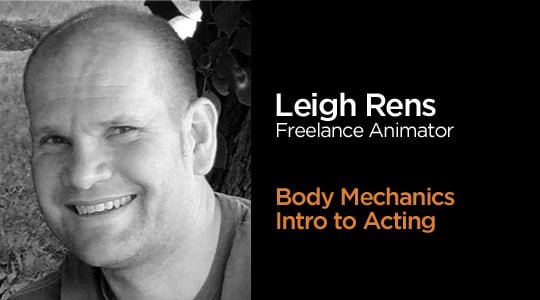 Want to learn from professional animators?
Want to learn from professional animators?
Start your animation journey by learning with professional animators from a variety of studios and career paths!
Get more information about Animation Mentor’s
Character Animation Courses.






